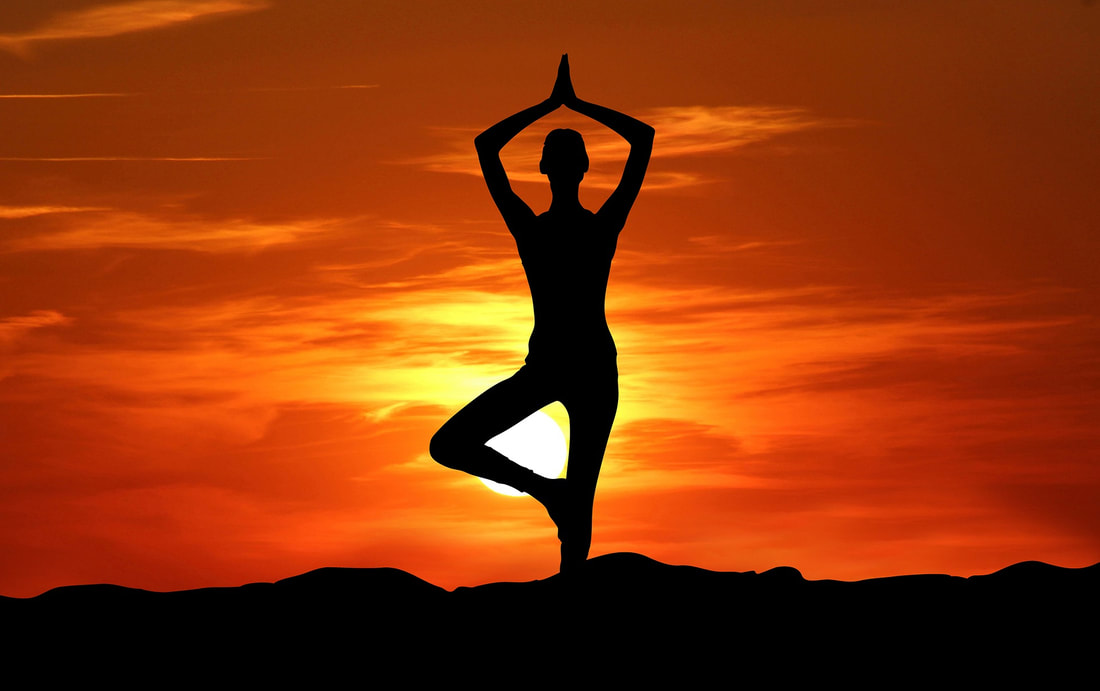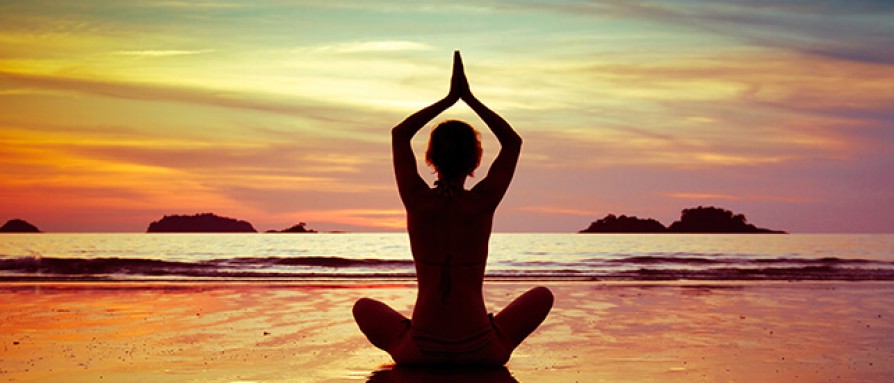|
Our hands and feet are biomechanical marvels. Our feet need to be strong enough to deal with some of the greatest forces experienced by the body. Leg muscles, joints and nerves work together to bear the body weight and allow us to move the body. When injury or disease affects any of these structures, life can become difficult. Likewise, arms play so much important role in our lives. Indian yoga system has recommended several asanas (postures) to strengthen the arms, legs and joints.
For strengthening legs:
For Strengthening arms: Lolasana (Swinging pose) – this asana strengthens arms & abdominal muscles. Sit in padmasana, place palms on either side of the buttocks, inhale deeply, hold the breath and raise the whole body off the ground with the support of arms, swing the body backwards & forward, continue swinging, exhale while lowering on the ground, five rounds reasonable. For Joints: -
Same procedure as above, except head facing forwards, left arm be vertical, slowly swing the left arm downwards over the left side of the head touching the left ear, slowly return the starting position, do on left side. Slowly procedure as above, raise the left hand upwards towards the armpit, keeping the palm in contact with the side of chest, slowly return the starting position, do on left side. Slowly procedure as above, place the hands behind the back and hold the left wrist with the right hand, twist the hips to right, keeping the feet in the same position, slowly bend to the right side, try to touch the right knee with the nose, return to the starting position, repeat on left side. Slowly procedure as above, extend the arms horizontally to each other, look forwards, move the trunk to the right and touch the right foot with the left hand, allow the arms to swing so that when the left hand touches the right foot, the right arm points upwards, twist the head & look upwards at the right hand, stay in final position, return to the starting position.
Reference: A systematic Course in the Ancient Tantric Techniques of Yoga and Kriya – by Swami Satyananda Saraswati
0 Comments
Yogasanas
In Sanskrit, Yoga means union, Asana means a steady and comfortable posture. Asanas requires participation of one’s whole being, with awareness of oneself in relation to the physical position and movement, the breath, relaxation of the muscles and so forth. Whereas, exercise emphasizes on movement and stress on the muscles. Rishi Patanjali in his yoga sutras (2-4th Ce), described asana practice as the third of the eight limbs. In the Nath tradition, Goraksha Paddhathi (10-11th Ce), Hatha Yoga Pradipika (15th Ce) & Gheranda Samhita (17th Ce) describe the origin of the 84 classic asanas said to have been revealed by Lord Shiva. In 1966, Iyengar published Yoga Dipika of around 200 asanas. In 1984, Dharma Mitra compiled a list of about 1,300 asanas and their variations, derived from ancient and modern sources. Benefits of Asanas: Asanas aim at slowing down the breathing rate to improve the exchange of oxygen and carbon dioxide in the lungs as well as to induce mental tranquillity. Every asana has positive and harmonious impact on the whole being of the person practising it. Asanas are beneficial for the muscles, joints, cardiovascular system, nervous system and lymphatic system, as well as the mind, psyche and Chakras (energy centers). They are psychosomatic exercises, which strengthen and balance the entire nervous system and harmonize and stabilize the practitioner’s state of mind. The effects of these exercises are a sense of contentment, clarity of mind, relaxation and a feeling of inner freedom and peace.
Precautions:
Techniques of Asanas: Many Asanas were derived from the natural movements and positions of animals and carry the names of animals such as “cat”, “deer”, “tiger”, “hare”, etc. The asanas may be practiced for general health, for alleviating the ailments of internal organs, for strengthening the limbs, for joints, backbones & abdomen, for balancing body & mind, for relaxation and pre-meditation and meditation. Under the above categories are the following asanas:
Refenrence:A systematic Course in the Ancient Tantric Techniques of Yoga and Kriya – by Swami Satyananda Saraswati |
Archives
July 2024
Categories |


 RSS Feed
RSS Feed